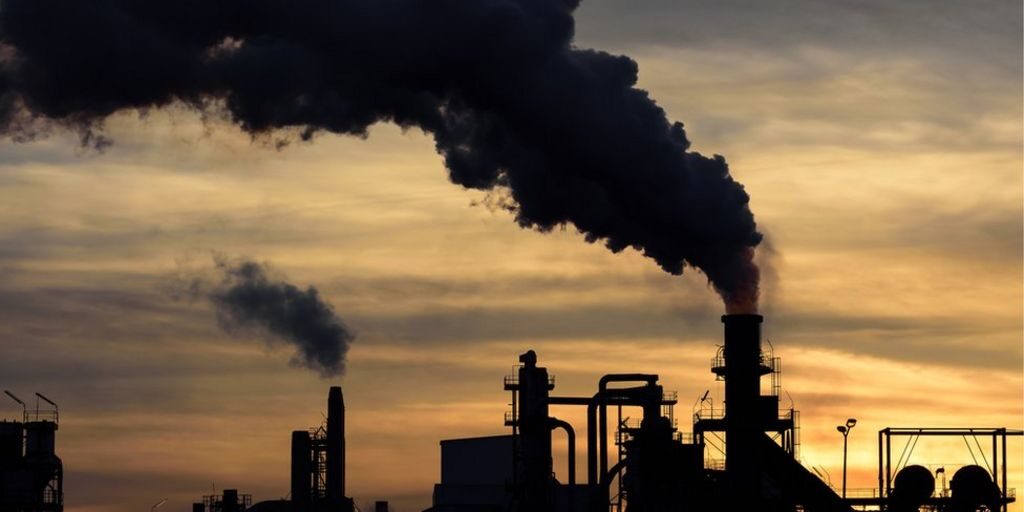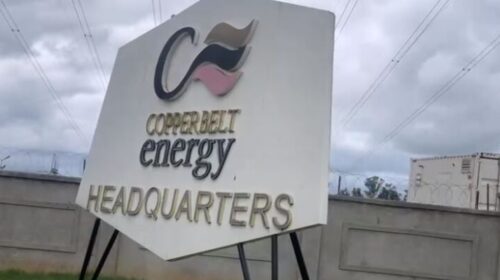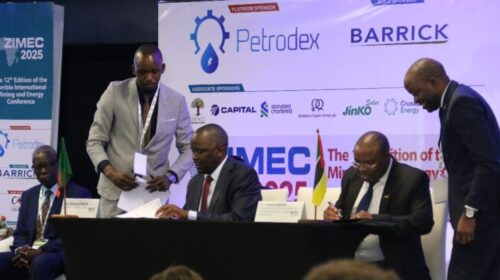Barrick raises its GHG reduction target to 30% by 2030
Gold major Barrick Gold Corporation has raised its greenhouse-gas emissions target to 30% by 2030, from 10% previously, its 2020 Sustainability Report, published on April 8, shows.
CE Mark Bristow notes that the company’s ultimate aim is to achieve net zero emissions by 2050.
The company’s approach to climate risk is led by site-specific strategies based on science and operational realities, rather than hopeful aspirations, and it is constantly reviewed in light of technological advances, he adds.
In 2020, Barrick’s environmental strategy paid dividends, from improved water management in Tanzania to innovative rehabilitation plans in North America, Bristow says.
At the group level, Barrick recorded zero Class 1 environmental incidents for the third consecutive year, reduced Class 2 incidents by 38% year-on-year and exceeded its target of reusing or recycling at least 75% of its water.
“Our current roadmap includes energy efficiency measures across the group and ambitious plans for more solar power in Mali and Nevada, and the conversion of a power station in Nevada from coal to natural gas.
“It also details our achievements to date with new battery technology installed to augment our hydropower stations in the Democratic Republic of Congo, and the conversion of our power station in the Dominican Republic from heavy fuel oil to cleaner energy sources,” Bristow points out.
With the Covid-19 pandemic driving more people below the poverty line, Barrick is maximising the social and economic benefits its mines inject into their host countries and communities, he notes.
In 2020, the company established community-led development committees at all its operational sites. These committees oversee an investment of more than $26-million in projects ranging from digital education programmes in Nevada to water treatment initiatives in Argentina to the ongoing funding of the Paiam hospital in Papua New Guinea.
Barrick’s prompt and effective response to Covid-19 largely protected its business and people from the impact of the virus — the mines in Nevada, as well as the Africa and Middle East region, did not lose a single shift to the pandemic — and it also provided a further opportunity for the company to demonstrate its commitment to partnerships, Bristow enthuses.
Barrick spent more than $30-million on Covid-19-related community support measures in 2020 and has prepaid more than $300-million to date in taxes and royalties to ease the pandemic’s economic pressure on some host countries.
The company’s 2019 Sustainability Report was the first in the industry to publish a detailed environment, social and governance scorecard, based on key metrics and rating Barrick against its peers. The scorecard, says group sustainability executive Grant Beringer, provides the market with a transparent overview of the company’s performance and also drives improvement at site level.
“In 2020, there was a marked improvement against most metrics and we improved our overall score. The fact that we still gave ourselves a B grade shows we realise that we still have some way to go and that there is no room for complacency. In keeping with our target of continued improvement, this year’s scorecard includes additional metrics which will be used to assess our 2021 performance,” he notes.
41 total views , 1 views today





